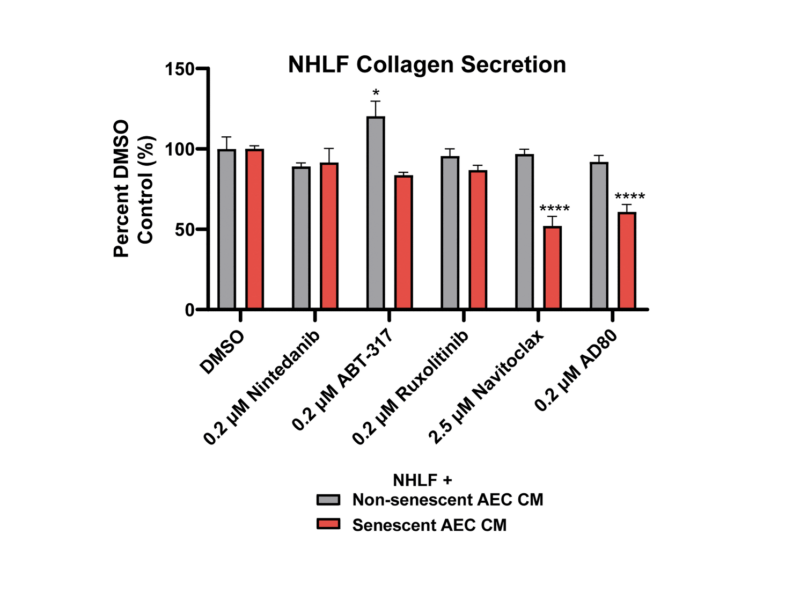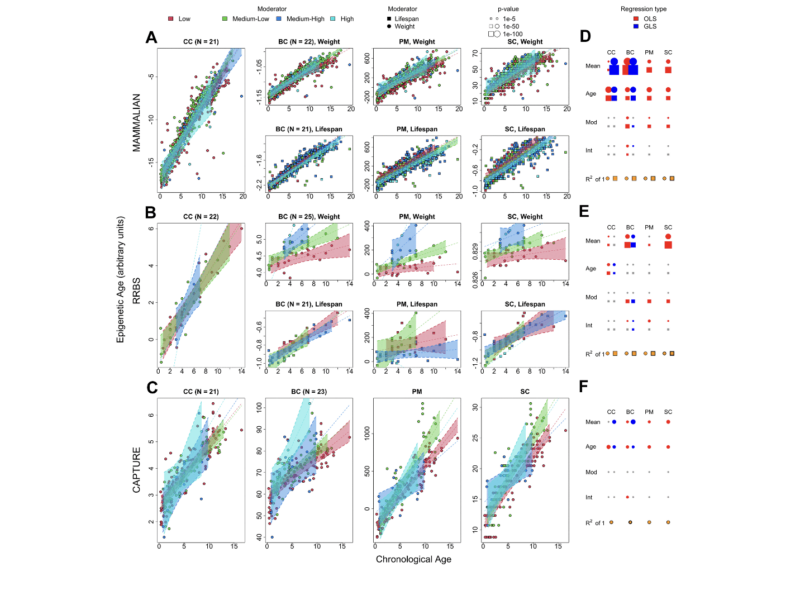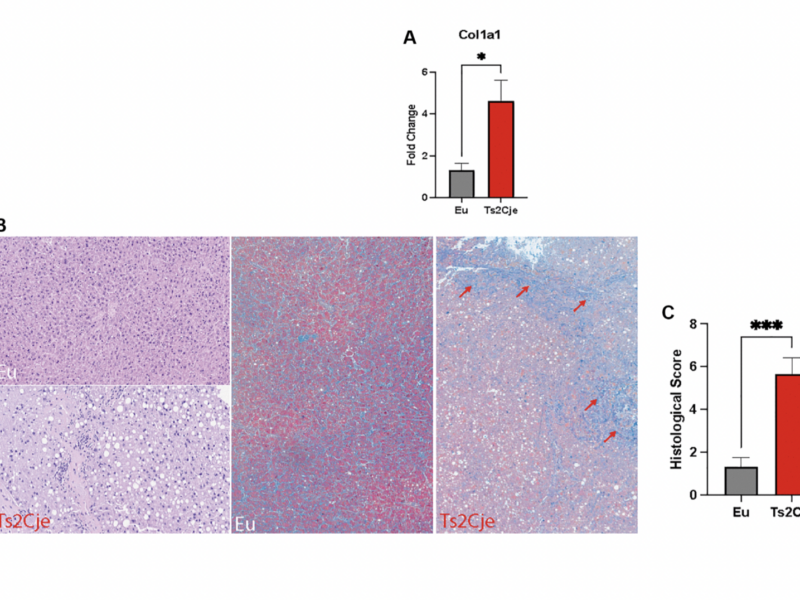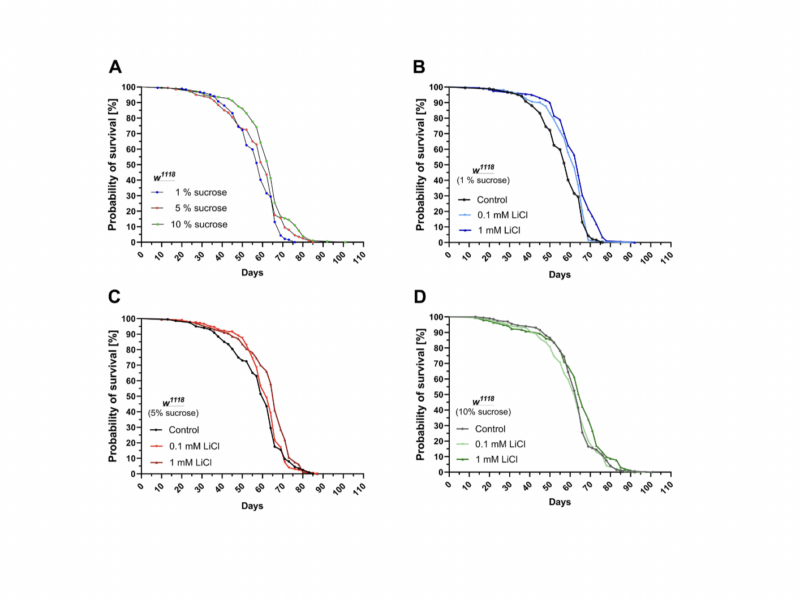In a new study, researchers investigated myocyte-secreted factors with the potential to suppress cellular senescence, aiming to explore their protective effects against lung disease.
Aging-US Research
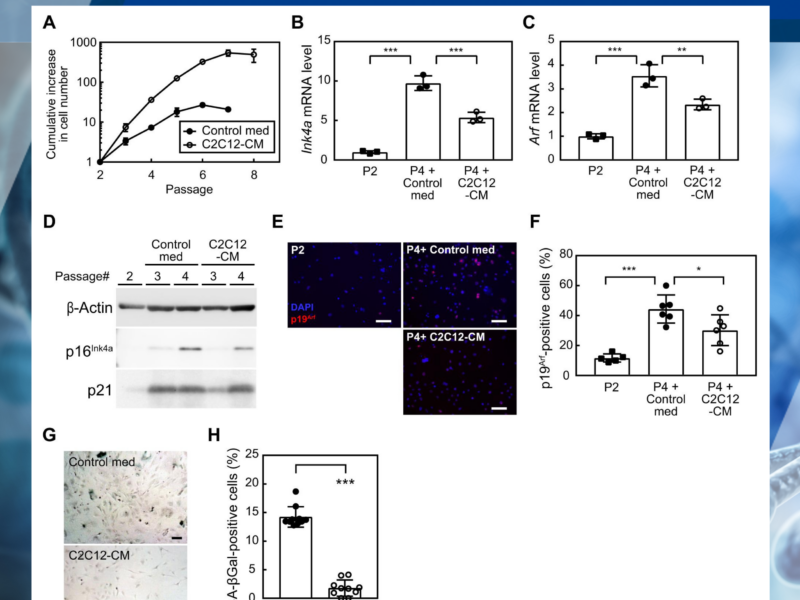
Senescent cells contribute to tissue aging and underlie the pathology of chronic diseases. The benefits of eliminating senescent cells have been demonstrated in several disease models, and the efficacy of senolytic drugs is currently being tested in humans…
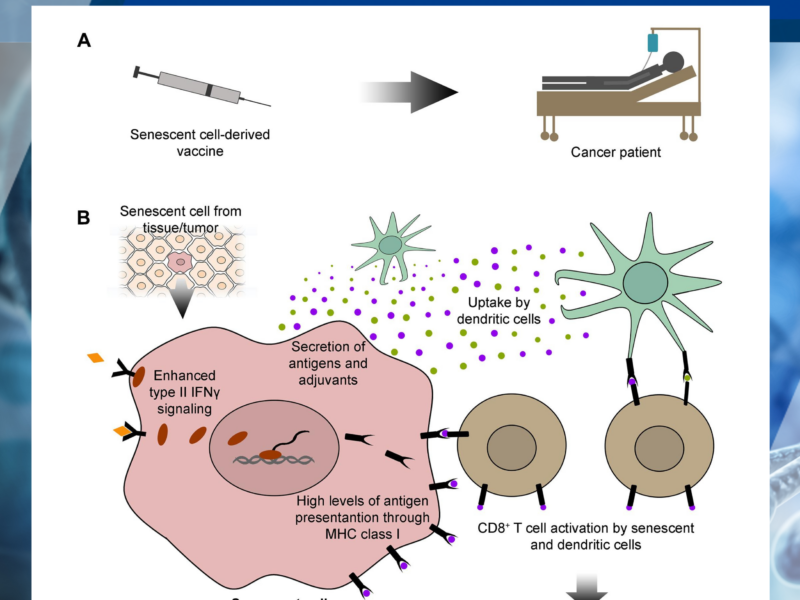
Here, we will describe the current knowledge in this field. In particular, we will discuss how the presence of senescent cells in tumors could be used as a therapeutic target in immunogenic cancers and how we may hypothetically design an adaptive anti-aging vaccine.

In this new study, researchers investigated the intricate link between mitophagy and cancer stem cells.
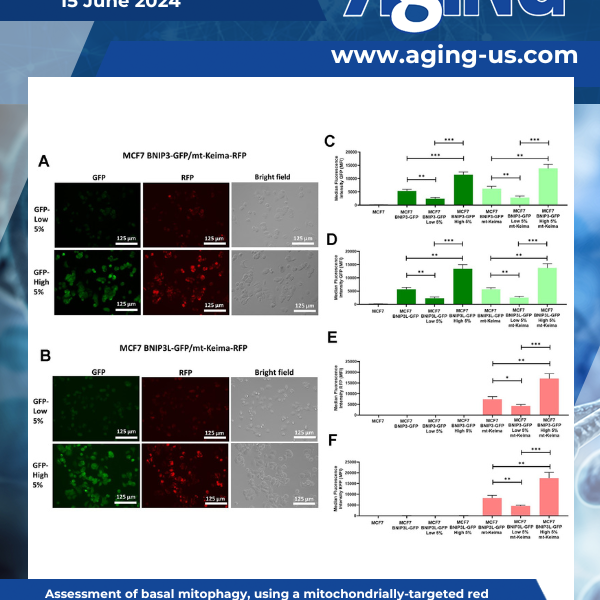
Mitophagy is a selective form of autophagy which permits the removal of dysfunctional or excess mitochondria. This occurs as an adaptative response to physiological stressors, such as hypoxia, nutrient deprivation, or DNA damage. Mitophagy is promoted by specific mitochondrial outer membrane receptors, among which are BNIP3 and BNIP3L.


